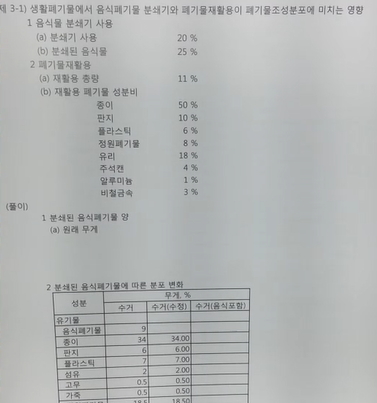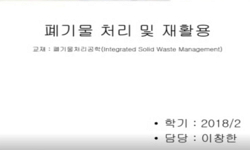Pyroprocessing technology was developed in the beginning for metal fuel treatment in the US in the 1960s. The conventional aqueous process, such as PUREX, is not appropriate for treating metal fuel. Pyroprocessing technology has advantages over the aq...
http://chineseinput.net/에서 pinyin(병음)방식으로 중국어를 변환할 수 있습니다.
변환된 중국어를 복사하여 사용하시면 됩니다.
- 中文 을 입력하시려면 zhongwen을 입력하시고 space를누르시면됩니다.
- 北京 을 입력하시려면 beijing을 입력하시고 space를 누르시면 됩니다.
https://www.riss.kr/link?id=A100955014
- 저자
- 발행기관
- 학술지명
- 권호사항
-
발행연도
2011
-
작성언어
English
- 주제어
-
등재정보
SCIE,SCOPUS,KCI등재
-
자료형태
학술저널
- 발행기관 URL
-
수록면
317-328(12쪽)
- DOI식별코드
- 제공처
-
0
상세조회 -
0
다운로드
부가정보
다국어 초록 (Multilingual Abstract)
Pyroprocessing technology was developed in the beginning for metal fuel treatment in the US in the 1960s. The conventional aqueous process, such as PUREX, is not appropriate for treating metal fuel. Pyroprocessing technology has advantages over the aqueous process: less proliferation risk, treatment of spent fuel with relatively high heat and radioactivity, compact equipment, etc. The addition of an oxide reduction process to the pyroprocessing metal fuel treatment enables handling of oxide spent fuel, which draws a potential option for the management of spent fuel from the PWR. In this context, KAERI has been developing pyroprocessing technology to handle the oxide spent fuel since the 1990s. This paper describes the current status of pyroprocessing technology development at KAERI from the head-end process to the waste treatment. A unit process with various scales has been tested to produce the design data associated with the scale up. A performance test of unit processes integration will be conducted at the PRIDE facility, which will be constructed by early 2012. The PRIDE facility incorporates the unit processes all together in a cell with an Ar environment. The purpose of PRIDE is to test the processes for unit process performance, operability by remote equipment, the integrity of the unit processes, process monitoring, Ar environment system operation, and safeguards related activities. The test of PRIDE will be promising for further pyroprocessing technology development.
동일학술지(권/호) 다른 논문
-
PYROPROCESSING FLOWSHEETS FOR RECYCLING USED NUCLEAR FUEL
- Korean Nuclear Society
- Williamson, M.A.
- 2011
- SCIE,SCOPUS,KCI등재
-
ELECTROCHEMICAL PROCESSING OF USED NUCLEAR FUEL
- Korean Nuclear Society
- Goff, K.M.
- 2011
- SCIE,SCOPUS,KCI등재
-
- Korean Nuclear Society
- Shin, Sung-Hwan
- 2011
- SCIE,SCOPUS,KCI등재
-
- Korean Nuclear Society
- Sur, Uk-Hwan
- 2011
- SCIE,SCOPUS,KCI등재







 ScienceON
ScienceON





